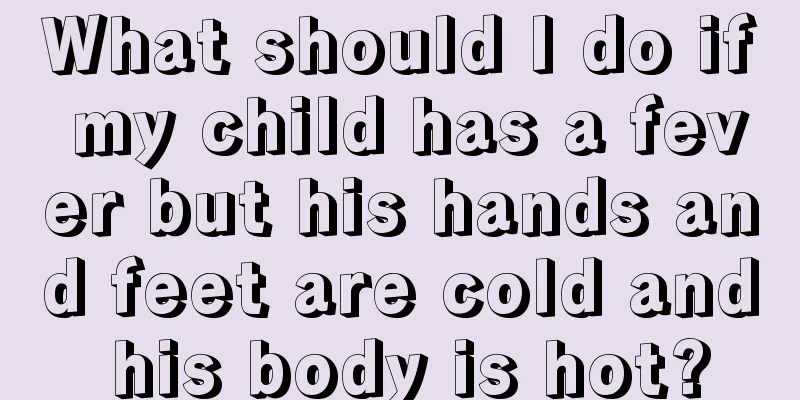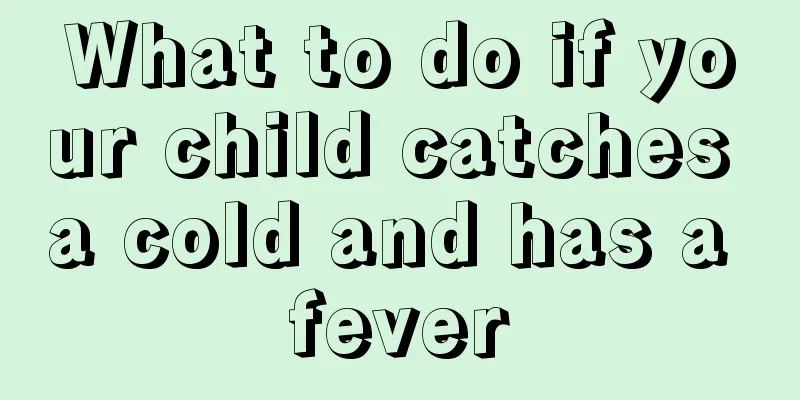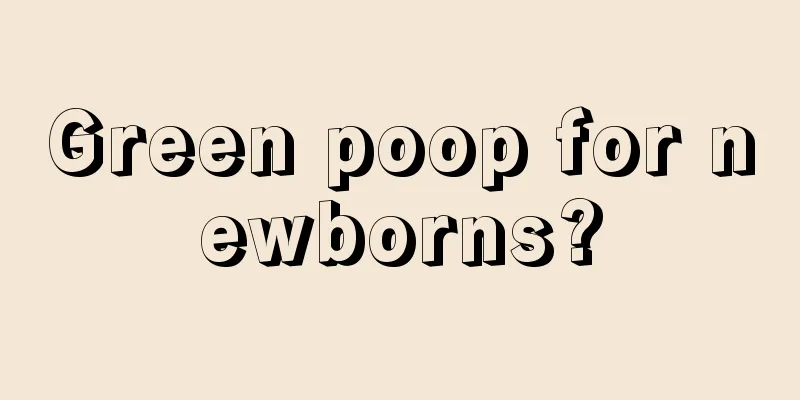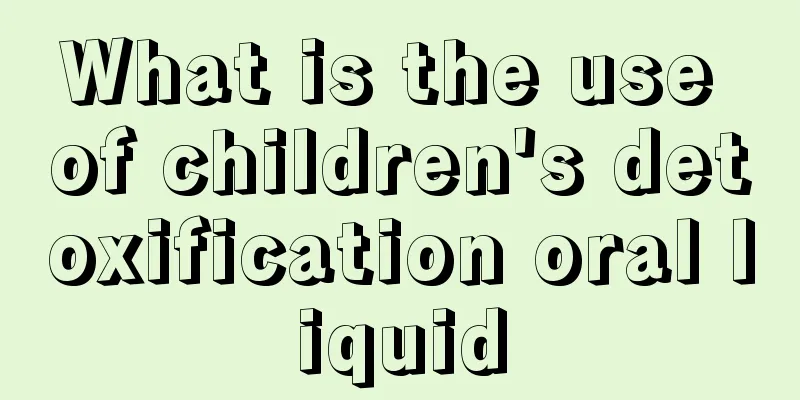What are the symptoms of iron deficiency in children?
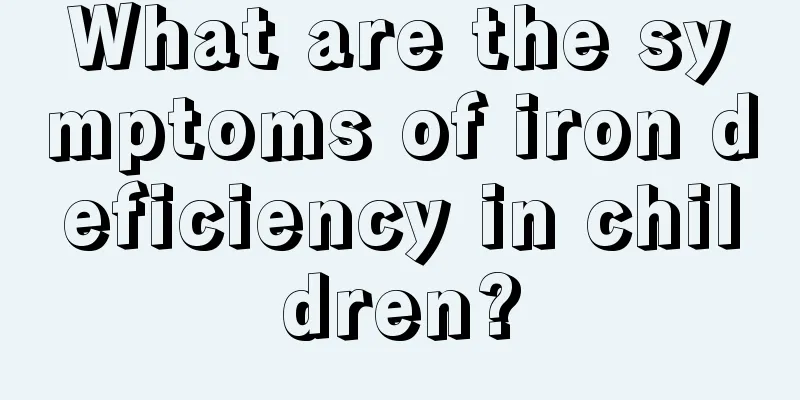
|
As we all know, human life activities require the participation of many trace elements, including iron. The amount of iron required by the human body is not large, but it is indispensable. Under normal circumstances, as long as adults have a normal diet, their bodies will not be iron deficient, because many foods contain iron. In contrast, children who are often picky eaters may be iron deficient. So what are the symptoms of iron deficiency in children? What are the symptoms of iron deficiency in children? When a baby is iron deficient, he will show symptoms of general weakness, poor appetite, and pale complexion. Once the body is deficient in iron for a long time, symptoms of anemia will appear, seriously affecting the normal development of the child. As parents, we need to detect signs of iron deficiency in our babies in a timely manner. So, what are the symptoms of iron deficiency in babies? 1. Smile less: The iron in hemoglobin in the body can transport oxygen and output carbon dioxide. Iron deficiency in infants and young children can lead to hypoxia in tissue cells, which reduces their ability to move, and causes symptoms such as lack of laughter, fatigue, and loss of appetite. 2. Blue sclera: Since iron is an important auxiliary factor for the synthesis of collagen, when the body is deficient in iron, it is very easy to block collagen synthesis, causing the sclera composed of collagen fibers to become very weak. When the sclera is in a very weak state, the pigment membrane underneath it will appear blue. 3. Respiratory apnea: In a few children, when they are crying, their crying voice suddenly subsides and their breathing gradually stops. Their face gradually turns cyanotic and they lose consciousness within about 10 to 25 seconds. They also have opisthotonos and are accompanied by urinary incontinence, convulsions and other symptoms. After about 1 to 3 minutes, the patient returns to normal, gradually breathes again, the cyanosis gradually disappears, consciousness slowly recovers, and muscles gradually relax. 4. Mental retardation: Iron deficiency in the body will reduce the activity of many enzymes that are very important for brain tissue metabolism. Iron affects the perception and movement of the left hemisphere of the brain, and its electrophysiological activity can affect the intelligence and language of infants and young children. Iron deficiency in infants and young children can cause irritability, restlessness and destructive behavior. Finally, I would like to remind all parents that the most common symptom of iron deficiency in babies is pale complexion, which is not the normal fair skin. Parents should not confuse the two. Pale complexion is mostly caused by anemia. Mothers can observe whether their baby's lips, eyelids, and palms are pale. The baby's expression is closely related to the content of many nutrients in the body. Babies who are iron-deficient rarely smile. Since iron-containing hemoglobin is an oxygen carrier, iron deficiency can easily lead to insufficient oxygen supply, which in turn affects the body's immunity. |
<<: How long does it take for a newborn to be able to swim?
>>: Symptoms of sore throat in newborns
Recommend
What is the cause of heel valgus in children?
The healthy development of children is our greate...
Can babies with roseola take antipyretics?
Roseola infantum is a common viral disease that o...
Children's vaccination knowledge parents should know
When vaccinating children, you must pay attention...
What is the massage therapy for chronic tonsillitis in children?
The incidence of chronic tonsillitis is still ver...
Which milk powder is good for children?
From the moment they are born, children are the f...
What are the treatments for ADHD in children?
Nowadays, most families have a child who loves to...
How to treat asthma in children and what should you pay attention to?
Asthma is related to polygenic inheritance. The p...
What is the reason for baby’s poor appetite?
Every child is the favorite of his parents. The d...
Does a child have breast pain during development?
Breasts are one of the most important organs in t...
How to get your child to sleep
Now with the arrival of the second-child policy, ...
Baby safety seat
Child safety seats are mainly designed to be safe...
What is the cause of the peeling of the child's feet?
The phenomenon of children's feet peeling is ...
How big is a baby's stomach?
Sometimes babies spit up milk, sometimes because ...
What's wrong with the red bumps on the three-year-old baby's body?
My baby is three years old. Recently, he has deve...
What to prepare for a newborn baby_Newborn baby preparation list
Pregnant women should pay more attention to physi...
